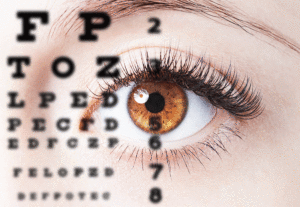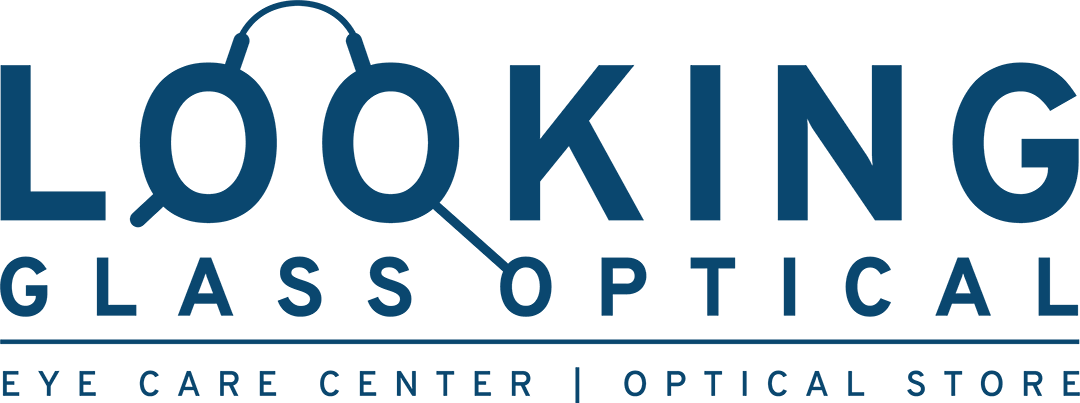What is 20/20 Vision?
Hindsight may be 20/20, but what about your actual vision? And, what does 20/20 vision really mean, anyway? We’ve all heard the term before, but it’s important to understand what 20/20 vision means for your eye health. Saying that someone has 20/20 vision implies that they have good eyesight – specifically, sharpness of vision or visual acuity. But, before we dig deeper into the details, there are some other eye health terms you should know:

- Vision: overall visual ability, including a wide range of skills, such as peripheral awareness or side vision, eye coordination, depth perception, focusing ability and color vision
- Hyperopia: vision condition in which distant objects can be seen clearly, but close ones do not come into proper focus; also known as farsightedness
- Presbyopia: the loss of focusing ability
- Myopia: vision condition in which close-up items can be seen clearly, but far away objects do not come into proper focus; also known as nearsightedness
- Eyesight: ability to see, often interchangeable with visual acuity
Is 20/20 Vision the Same as Perfect Vision?
No – 20/20 vision only means normal visual acuity, not perfect vision. Plus, vision entails many other areas of visual ability, not just the clarity or sharpness of what you can see. In addition, it’s possible to have visual acuity that’s better than 20/20. How is this possible? Let’s explore the way these fractions are measured and what they mean.
The Snellen Visual Acuity System
In optometry, visual acuity is measured according to the Snellen Visual Acuity System. Herman Snellen developed the system in 1862, and it uses fractions to express the quality of visual acuity. You’re probably familiar with this system if you’ve ever visited an optometrist for an eye checkup. In order to measure visual acuity, the patient sits or stands 20 feet in front of an eye chart. The eye chart has black letters of various sizes arranged in rows on a white background. First, the patient covers one eye and then reads the letters on the chart. Next, the patient repeats those same steps, but with the opposite eye covered.
Based on which rows the patient is able to read, the optometrist can determine the Snellen fraction. Each row corresponds to a different fraction. The largest letter at the top corresponds with 20/200, the next row underneath corresponds with 20/100, then 20/70, and so on. One of the rows near the bottom of the chart corresponds with 20/20, which is normal visual acuity.
What Do the Fractions Mean?
It’s easiest to understand the meaning of these fractions in terms of an example. Let’s say that the smallest letters you could read on the chart are in the 20/30 row. This fraction means that when you are standing 20 feet away from the chart, the smallest letters you’re able to read can be read by someone who is standing 30 feet away from the chart. So, the larger the number on the bottom of the fraction, the poorer your visual acuity is. And, yes – there are rows on the chart below the 20/20 row. Some people can have 20/15 vision, which is sharper than average.
Here at Looking Glass Optical, we can give you a comprehensive eye exam to help you understand your overall eye health and vision quality. Whether you have 20/20 visual acuity, or you’re nearsighted, farsighted, or both, we can help you see clearly. Request an appointment today, or call us at 410-768-0202 to learn more.
